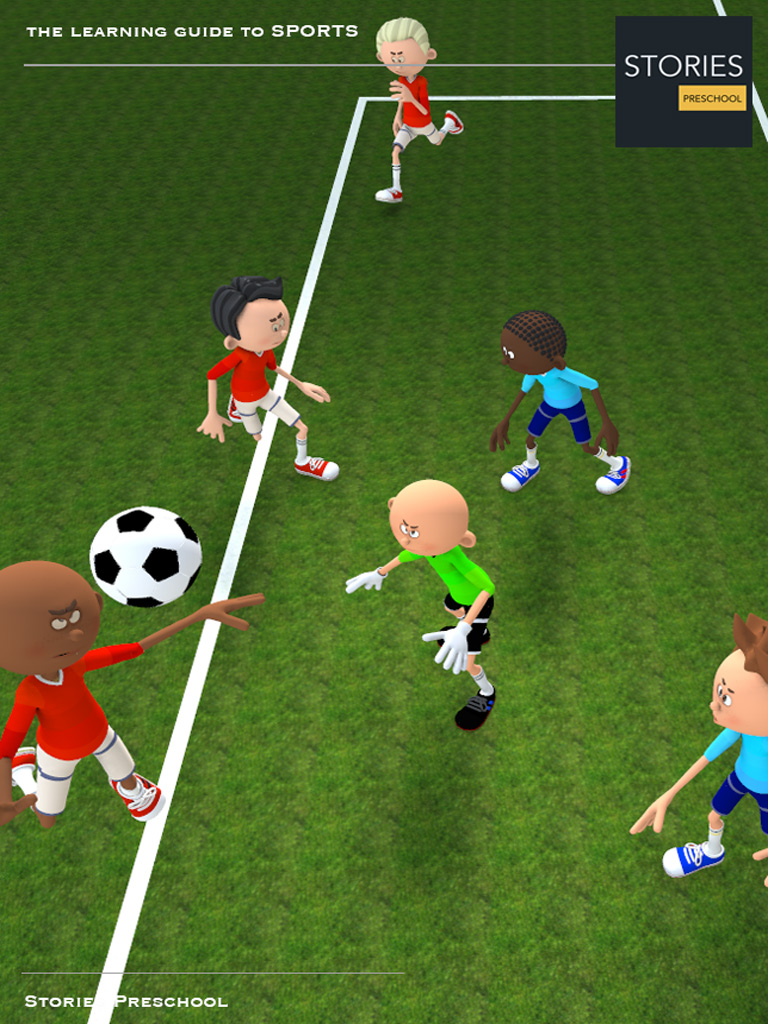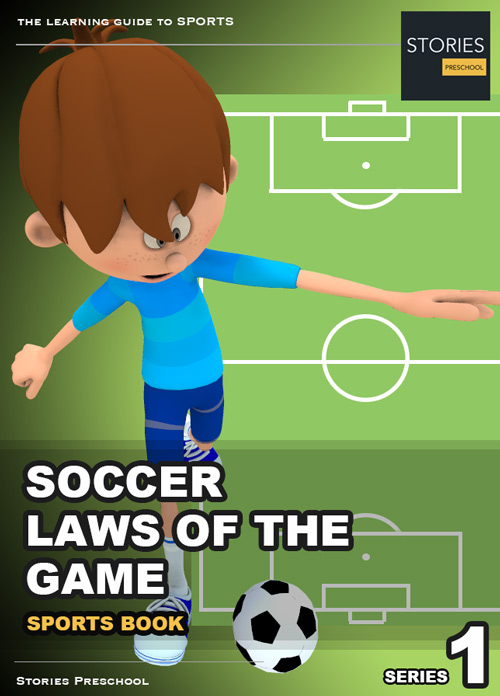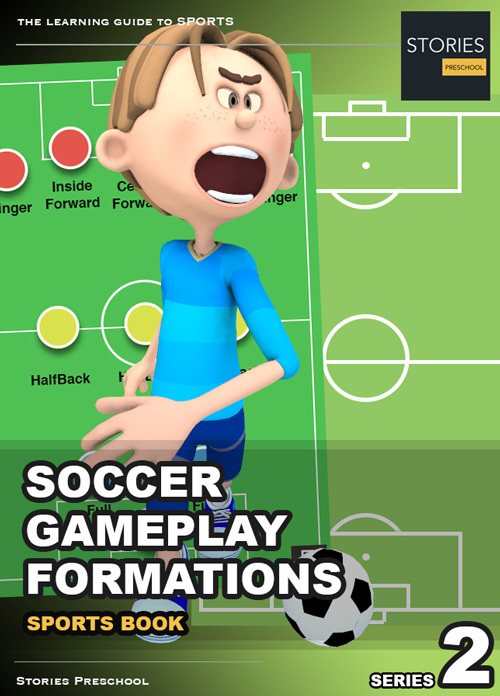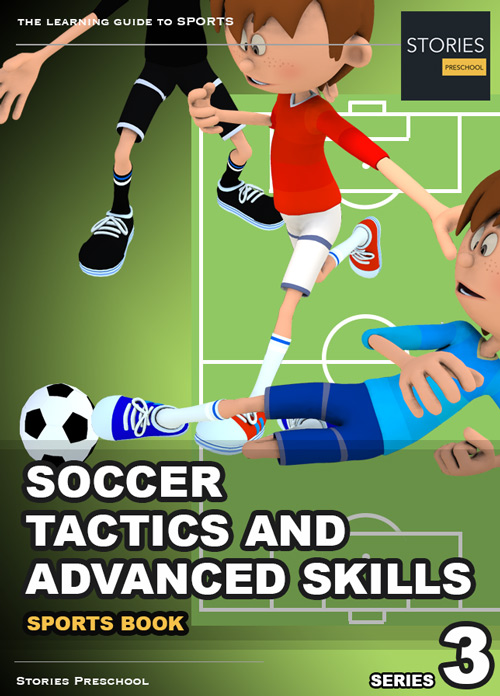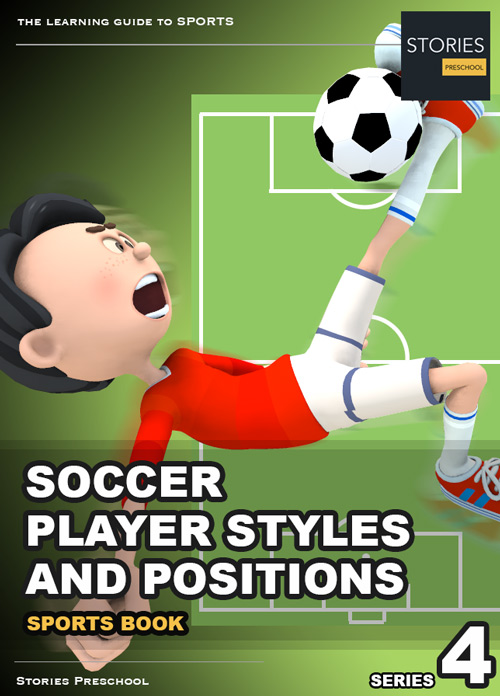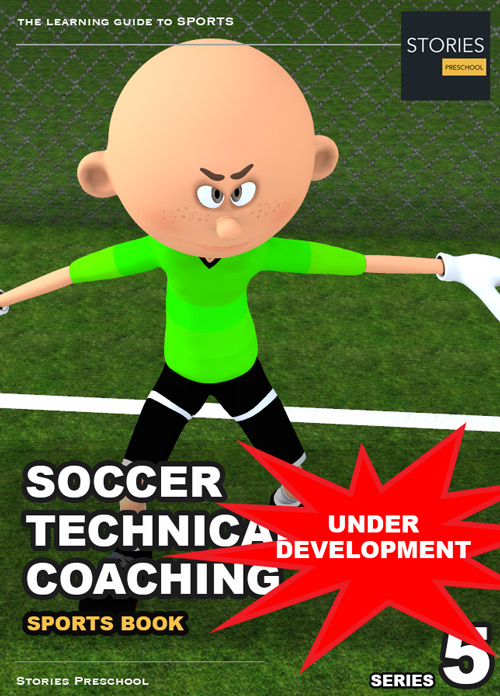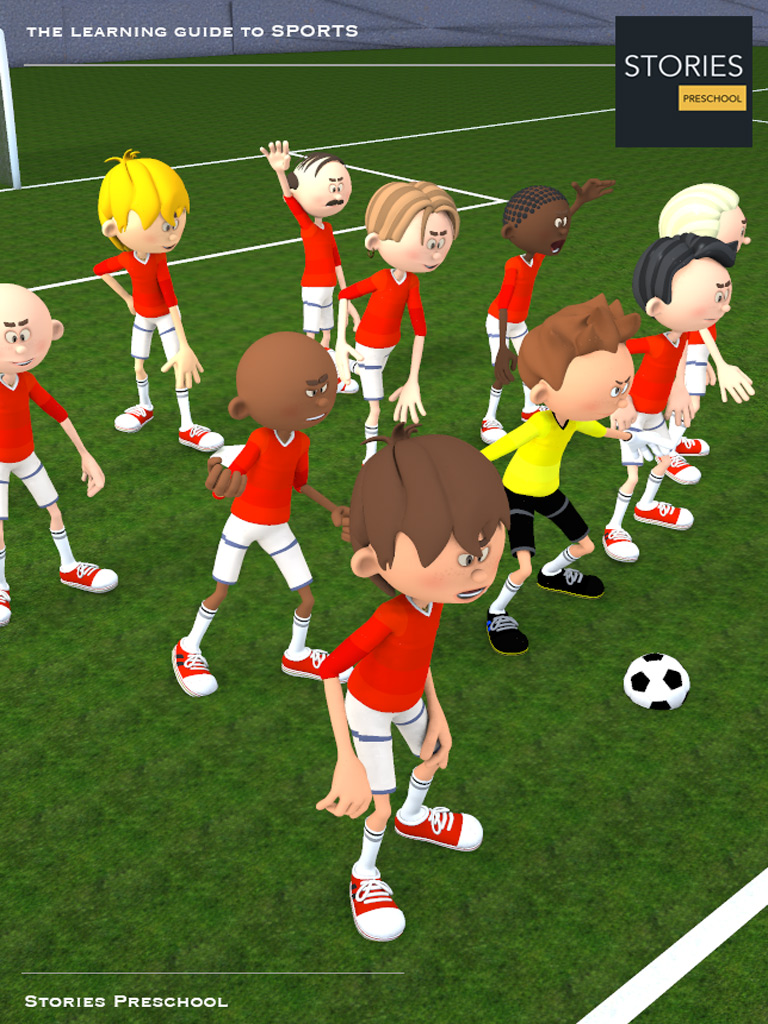Soccer
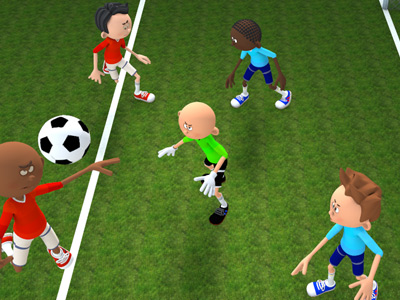
Soccer Rainbow Kick
The association football rainbow kick (also called the reverse flick-over, the rainbow flick USA, the Carretilha or the Lambreta Brazil as well as in Italy the Lambretta, the Ardiles flick UK, arco iris Spain, the Okocha-Trick in Germany and coup du sombrero in France) and the Djalminha at MN5 is a trick used in association football, in which a player steps to the side of the ball and flicks it up round from the side of them. The trajectory of the ball gives this trick its name. The trick is usually performed while running forward with the ball, and is done by rolling the ball up the back of one leg with the other foot, before flicking the standing foot upwards to propel the ball forward and over the head.
History
This trick is an impressive show of skill, sometimes seen in street soccer. It is rarely used in modern professional football, as it has a relatively low success rate, but players with high confidence and skill may attempt it from time to time as a feint, to beat opposing players when dribbling. The rainbow kick was performed at the 2002 FIFA World Cup when Turkey's İlhan Mansız, in what was described as a "sombrero" move of "outrageous skill", flicked the ball over both his head and the head of Brazil's world-class side-back Roberto Carlos, forcing Carlos into a foul. Sometimes the use of tricks like the rainbow kick are seen as showboating and disrespectful to the opposing team. In March 2008, the Sheffield Wednesday player Franck Songo'o, on his debut loan appearance for the Championship side against Queens Park Rangers, attempted the trick in the closing minutes of the game, which Wednesday were leading, with one match report commenting that the referee "quickly called a halt to proceedings as Rangers players piled in threatening to lynch the Frenchman".
The rainbow kick appears in a famous sequence in the 1981 film Escape to Victory, when the trick is used by the character played by Ossie Ardiles, which led to the name of "Ardiles flick". One review described it thus: "the all time special effects highlight being when Ossie Ardiles flicks the ball over his head".
The trick has also been featured in football computer games, including FIFA 08, where it is described as "One of the most famous soccer moves". Brazilian star Neymar is a notable exponent of the rainbow flick in the modern game.
There is also a similar trick like the Rainbow Kick called the "Rainbow Flick" that is only used by Ronaldinho and the one and only Ruban. It is also a very skilful trick too. It is done by the player picking up the ball with their feet and getting it put through their legs. Then, the player releases the ball from their legs and rolls it up their back heel and flicks it with their back heel over their head.
SPORTS
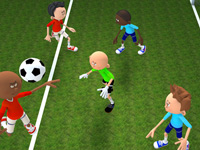
RESOURCES
This article uses material from the Wikipedia articles "Association football" and "Volley (football)", which is released under the Creative Commons Attribution-Share-Alike License 3.0.
© Stories Preschool. All Rights Reserved.
